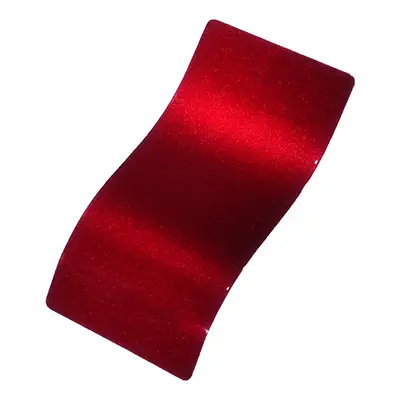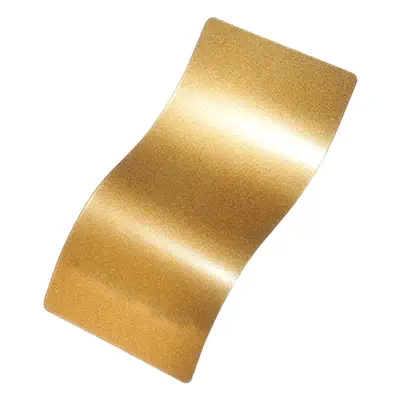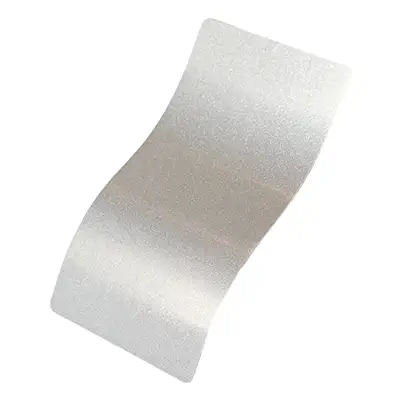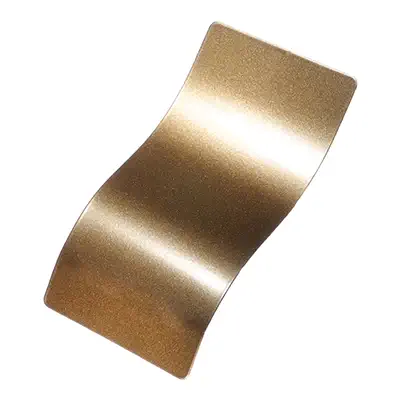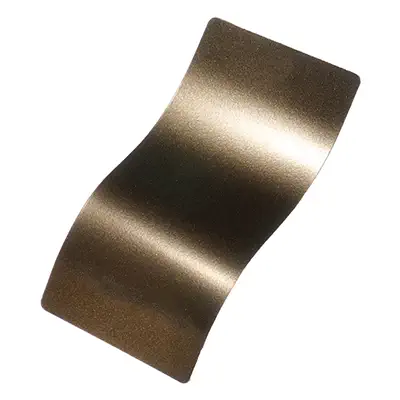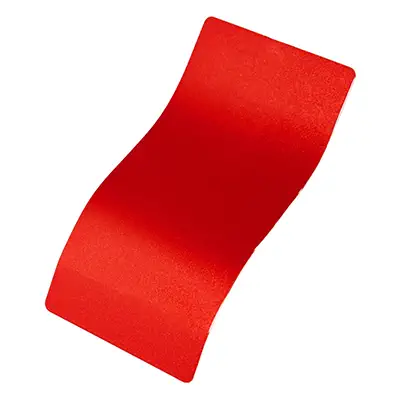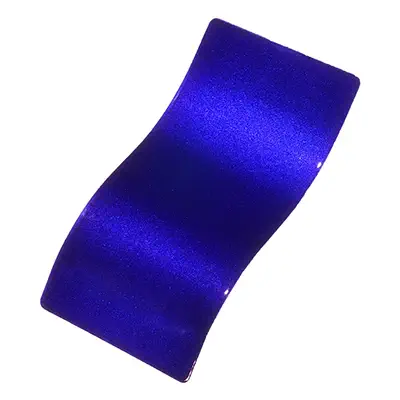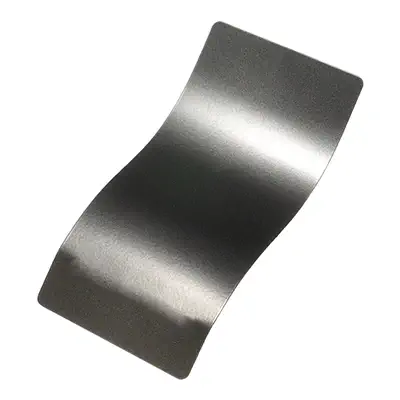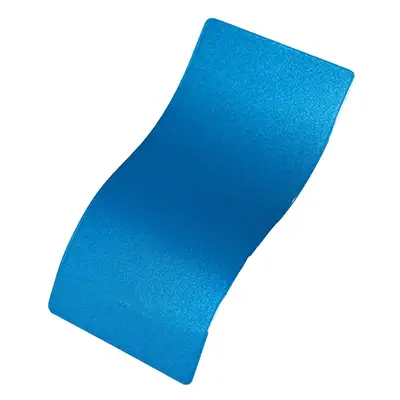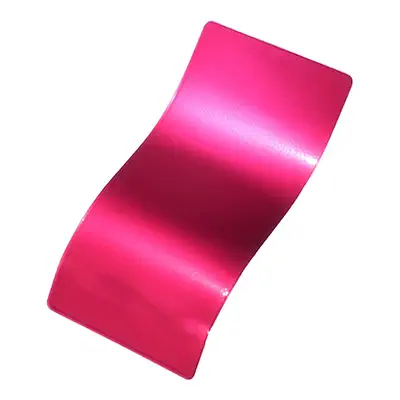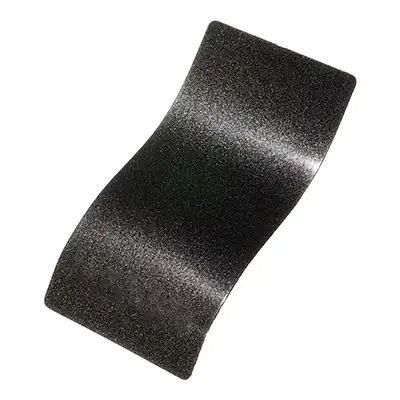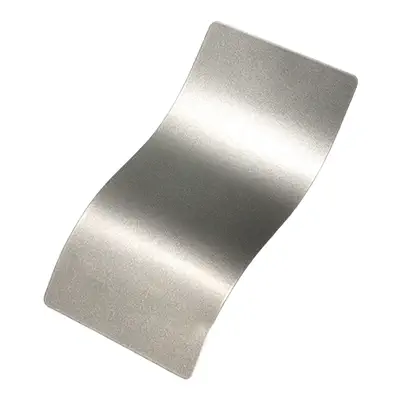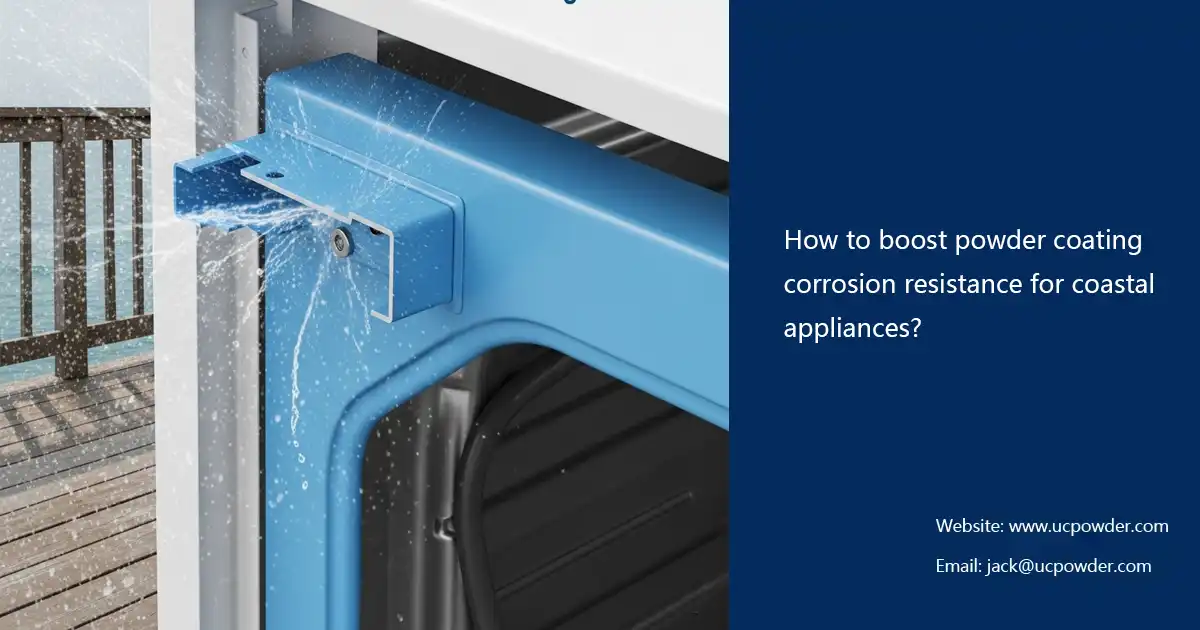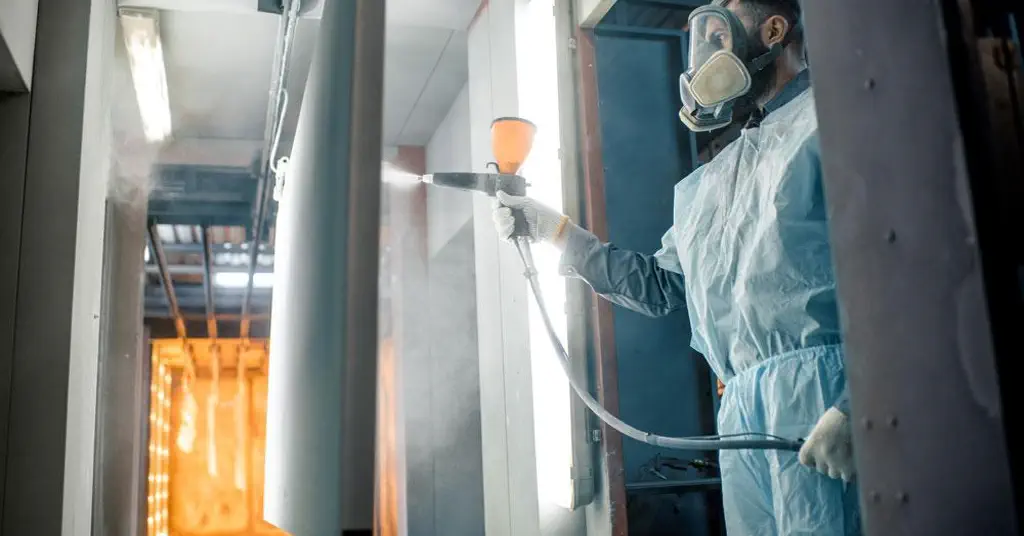What are the ingredients of powder coating?
Powder coatings have a wide range of applications. We can often see powder coatings in the construction, automotive, agricultural, pharmaceutical, and chemical fields. As an excellent protective outer coating, do you know what the ingredients of powder coating are? In this article, we will introduce you to the common components of powder coatings in detail.
1. Resin Powder
The most important component in powder coatings is resin. The four most commonly used resins in powder coatings are epoxy resin, polyester resin, acrylic resin and polyester ether resin.
Epoxy resin is a common thermoset polymer with a variety of applications, including powder coatings, adhesives, composites, electronic component packaging, aerospace components and construction. Epoxy resins are known for their excellent performance and versatility. Epoxy resin usually consists of two parts: epoxy prepolymer and curing agent. The two parts react chemically when mixed, forming a strong three-dimensional network structure that hardens the resin into a solid state. Therefore, epoxy is a thermoset material that, once hardened, will not soften or melt again.
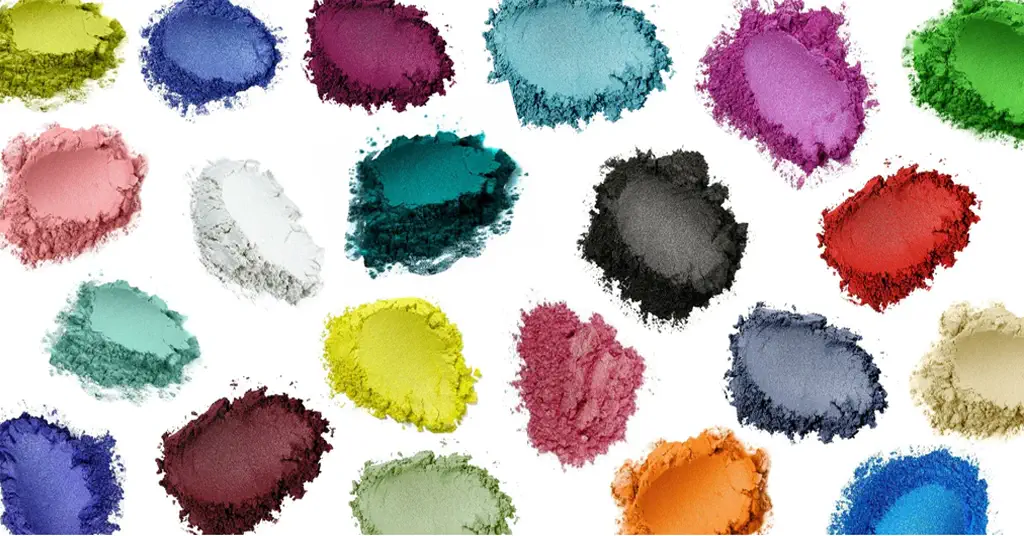
Polyester resin is usually composed of unsaturated polyester resin and ketone resin with low acid value. They usually need to be used with a curing agent, such as a peroxide, to initiate a polymerization reaction that turns the liquid resin into a strong plastic or coating. This chemical reaction, called cross-linking, makes polyester resin heat-resistant, strong and stable. As a common thermosetting polymer, polyester resin is widely used in powder coatings, composite materials, fiberglass products, building materials and other fields.
Acrylic resin is a type of polymer that is usually polymerized twice from acrylic monomer or its derivatives. These resins contain polymers of acrylic monomers in their chemical structure and therefore possess a specific set of chemical and physical properties. During the preparation of acrylic resin, different ingredients can be added according to specific needs to adjust its properties, such as plasticizers, flame retardants, pigments and light stabilizers. Acrylic resins are also widely used in powder coatings, plastic products, building materials, and medical devices.
d. Polyester ether resin
Polyester ether resin is a variant of polyester resin, usually composed of the product of esterification reaction, in which there are ether groups in the fat bonds. Polyester ether resins are widely used in powder coatings, conforming materials, adhesives and other industrial applications. Has good chemical resistance, weather resistance, abrasion resistance, transparency and adhesion.
| Material | Advantage | Shortcoming |
| Epoxy resin |
|
|
| polyester resin |
|
Poor chemical resistance and not suitable for highly corrosive environments |
| Acrylic resin |
|
|
| Polyester ether resin |
|
|
2. Curing agent
Curing agent is an important component in powder coatings. It is used to initiate the curing or cross-linking reaction of powder coatings and transform the powder coating from a powder state into a solid coating. Curing agents promote the formation of cross-linked chemical bonds between the polymers (usually resins) in the paint, resulting in a long-lasting layer with desired performance characteristics such as abrasion resistance, chemical resistance, weather resistance, etc. Here are some common types of powder coating hardeners.
a. Peroxide curing agent
Peroxide compounds, such as benzoyl peroxide, are commonly used in epoxy powder coatings. They decompose under heating conditions to produce free radicals, which trigger a cross-linking reaction in the resin and solidify the powder coating.
b. Isocyanate curing agent
Isocyanate is a common curing agent commonly used in polyester resin and polyester ether resin powder coatings. They react with the hydroxyl groups in the resin to form a hardened network structure.
c. Polyurethane curing agent
Polyurethane resins can also be used as curing agents, often for specialty applications such as high-performance coatings. They react with the isocyanates in the resin to form a strong cross-linked structure.
d. Silicone curing agent
Silicon compounds are used as curing agents in some powder coatings. These curing agents can react with functional groups in the resin to form coatings with high heat resistance and weather resistance.
e. Other special chemicals
Depending on the specific formulation and application requirements of the powder coating, other types of curing agents can also be used, such as phenolic resins, ketone compounds, etc.
3. Additive
Additives in powder coatings are chemicals used to improve the performance, processing properties and application characteristics of powder coatings. These additives are often mixed into powder coating formulations to adjust the properties of the coating to meet different application needs. Here are some common types of powder coating additives.
- Leveling agent: Leveling agent is used to improve the surface smoothness of the coating, reduce bubbles and defects in the coating, and make the coating uniform and smooth. They help improve the cosmetic quality of the paint.
- Defoamer: Defoamer is used to reduce air bubbles and foam in the paint to prevent bubbles from being generated during the construction process, thereby improving the painting quality.
- Antistatic Agents: Antistatic agents are added to powder coatings to prevent static electricity from causing adsorption and uneven distribution of powder during the construction process.
- Flame retardants: Flame retardants are used to improve the fire resistance of the coating, making it less likely to burn or spread flames.
- Infrared Absorbers: These additives can absorb infrared radiation, helping to increase the drying speed of the coating and speed up the curing process.
- Light stabilizers (UV Stabilizers): Light stabilizers can protect the coating from the effects of ultraviolet radiation and extend the weather resistance of the coating.
- Plasticizers: Plasticizers are used to improve the flexibility and ductility of coatings to make them suitable for specific applications.
- Pigment Dispersants: Pigment dispersants help ensure that pigments are evenly dispersed in the paint for consistent color and appearance.
- Thickeners: Thickeners are used to control the viscosity of coatings to better adapt to different construction methods.
- Hardness Modifiers: These additives can be used to adjust the hardness of the coating to meet the requirements of different applications, such as wear resistance and scratch resistance.
- Antioxidants: Antioxidants are used to prevent the oxidation process in the coating and extend the life of the coating.
- Corrosion Inhibitors: Corrosion inhibitors can be used to improve the corrosion resistance of the coating to protect the substrate.
4. Padding
Fillers in powder coatings are granular or powdery materials added to the coating. They are used to increase the volume of the coating, improve the performance of the coating, or achieve specific effects. Fillers are usually in the form of solid particles dispersed in the paint matrix. Here are some common types of powder coating fillers.
a. Silicate filler
Silicate filler is a common powder coating filler, usually made of silicate minerals (such as silica, aluminosilicate, etc.). They are used to increase the volume of paints, increase the hardness and abrasion resistance of paints, and improve the weatherability of paints.
b. Calcium carbonate filler
Calcium carbonate filler is a common white filler that is usually used to adjust the color of paint, improve coverage and improve filling performance.
c. Hardness fillers
Hardness fillers are usually made of minerals (such as alumina, silicon oxide, titanium dioxide, etc.) and are used to improve the hardness and wear resistance of coatings. These fillers are useful for creating coatings that are resistant to wear, scratches, and chemicals.
d. Flame retardant fillers
Flame retardant fillers usually include compounds containing nitrogen, phosphorus or halogens, which are used to improve the flame retardant properties of the coating so that it is less likely to burn or spread flames.
e. Lightweight fillers
Lightweight fillers, such as bubble glass beads or microglass beads, can reduce the density of the coating, improve its thermal insulation properties, reduce the weight of the coating, and improve the filling performance of the coating.
5. Color pigments
Tint pigments in powder coatings refer to pigments that can give the coating color and are an important component of powder coatings. Tint pigments can be divided into two categories: organic pigments and inorganic pigments according to their chemical composition and properties.
Organic pigments are mainly composed of hydrocarbons and have bright colors and good tinting power, but poor weather resistance. Common organic pigments include phthalocyanine pigments, azo pigments, fluorescent pigments, etc.
Inorganic pigments are mainly composed of metal oxides, sulfides, phosphates, etc., and have good weather resistance and chemical resistance, but poor tinting strength. Common inorganic pigments include iron oxide pigments, titanium dioxide, carbon black, etc.
Common powder coating tint pigments include the following:
- Iron oxide pigment: It is the most widely used tint pigment in powder coatings and has good weather resistance and chemical resistance. Common iron oxide pigments include red iron oxide, yellow iron oxide, black iron oxide, etc.
- Titanium dioxide: It is the pigment with the strongest tinting power among powder coatings and has good hiding power and weather resistance. Commonly used for mixing white and light-colored paints.
- Carbon black: It is the pigment with the weakest tinting power among powder coatings and has good hiding power and weather resistance. Commonly used for mixing black and dark paints.
- Phthalocyanine pigments: have bright colors and good tinting strength, but poor weather resistance. Often used to mix red, yellow, blue, and other pigments.
- Azo pigments: have bright colors and good tinting strength, but poor weather resistance. Commonly used to mix red, yellow, orange, and other pigments.
Powder coating is a very versatile and widely used type of coating. Its main ingredients include resin, tint pigments, fillers, additives and curing agents. Together, these ingredients determine the performance, appearance and application areas of powder coatings. Popular for its environmental friendliness, durability, and wide range of color options, powder coatings are used in a wide range of applications, including metal products, automotive parts, furniture, building materials, and more.

Erik
Doctor of Chemical Engineering, expert in the field of powder coatings, with over 20 years of professional experience in the research and application of powder coatings
Latest news
Have Anything To Ask Us?
